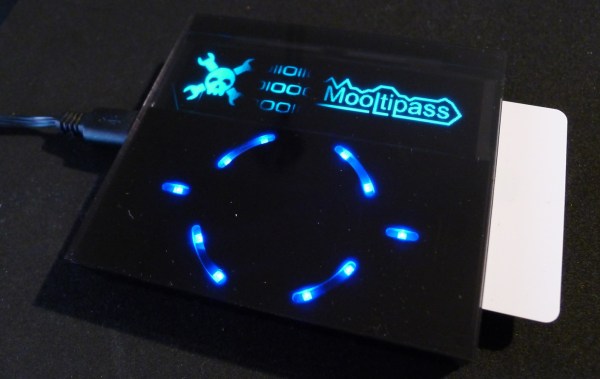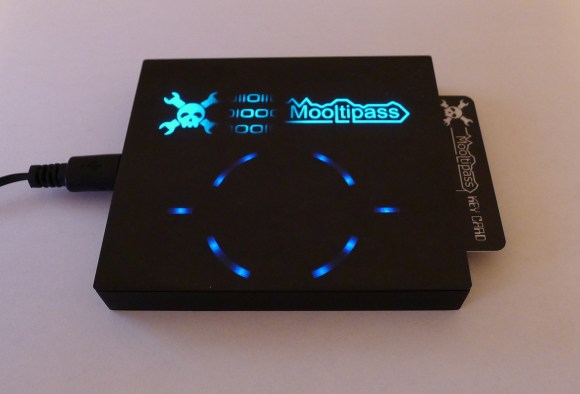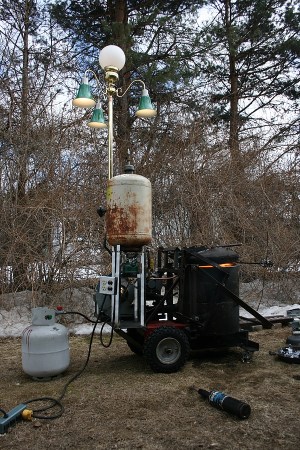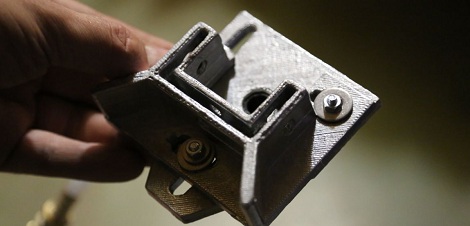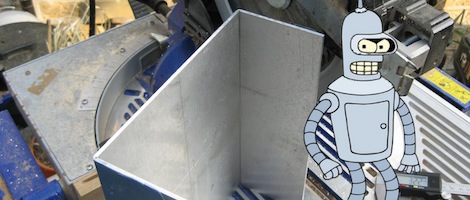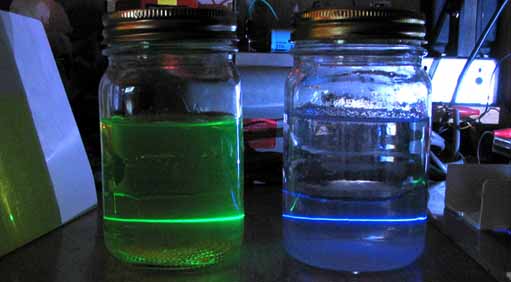Have you been let down by the inadequate performance of a hand dryer? We know that feel. [tesla500] recently installed a centralized compressed air system and decided he might as well do something interesting it, so he built an ultra-powerful hand dryer that rivals the performance of any hand dryer on the market.
[tesla500] set out to make a clone of the Dyson Airblade. He started out with a simple prototype out of milled aluminum with one nozzle. Even with just one nozzle the hand dryer performed incredibly well. Next he designed a Solidworks model with a smaller nozzle gap (50um) and 4 total nozzles which has even better performance and emulates the airflow of the Airblade.
The dryer was originally controlled with a foot-activated pneumatic valve, but it severely restricted airflow. [tesla500] decided to use a 3/8″ solenoid valve instead, which solved the airflow restriction. According to [tesla500], the dryer works even better than the Airblade when running at full pressure, although he notes that you might need to watch out if you have any open wounds on your hands.


